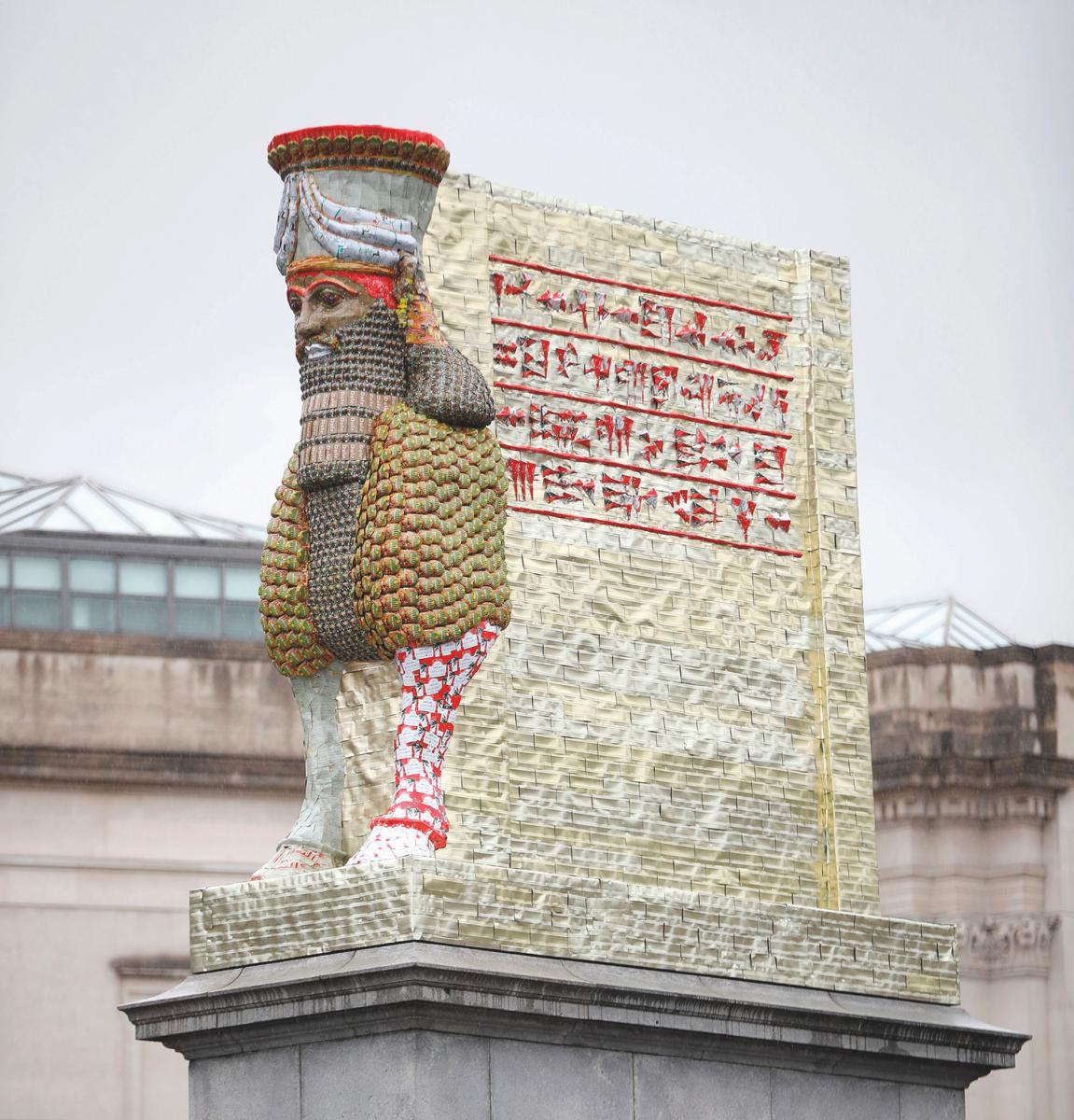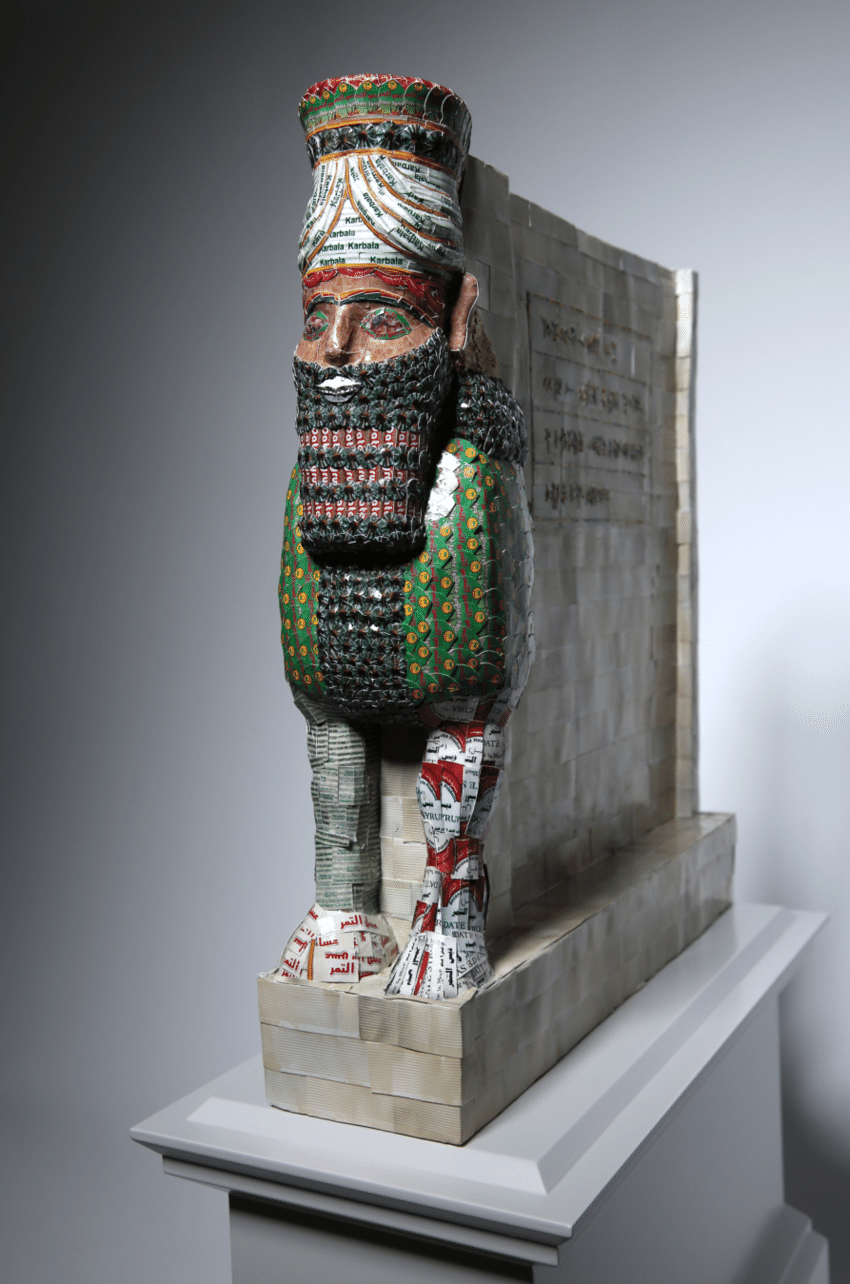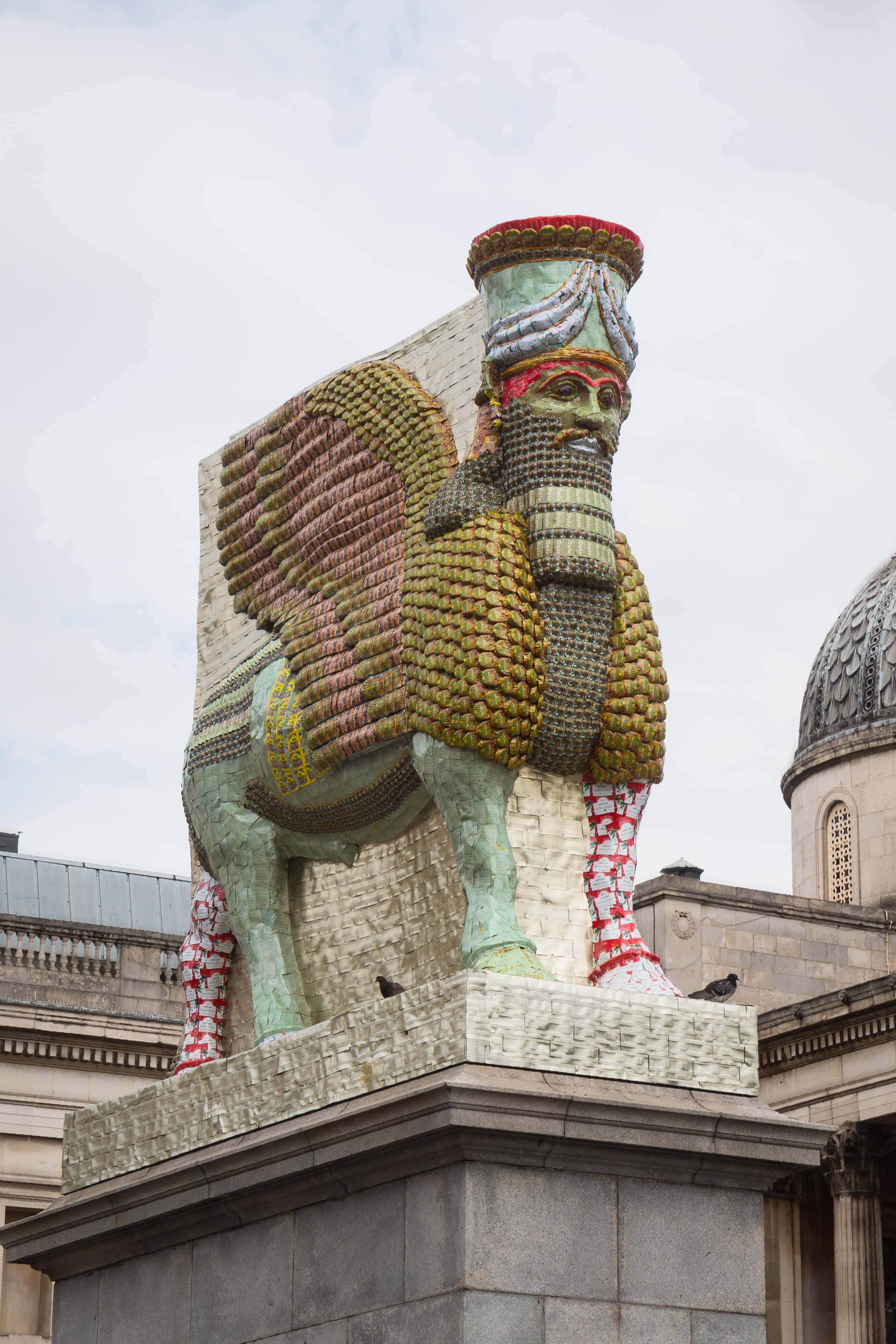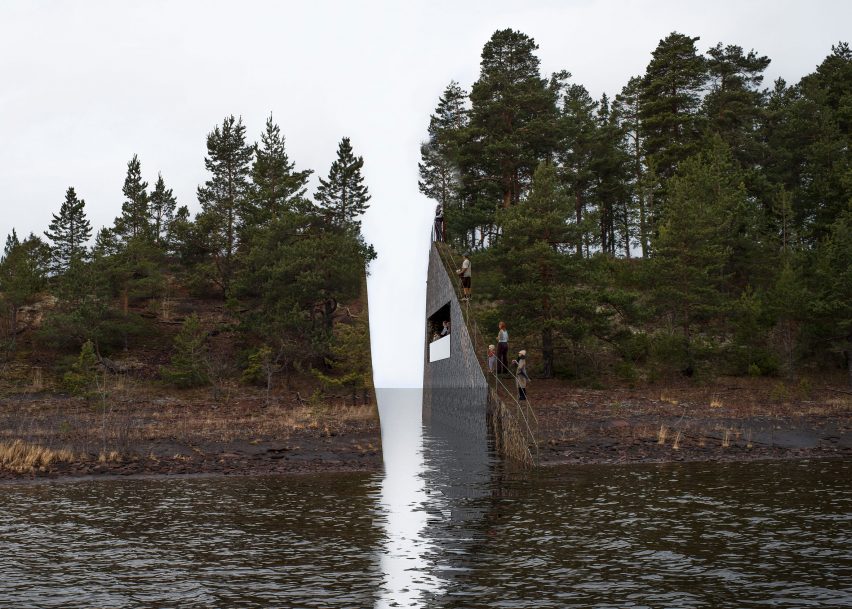The issue with temporality and monuments is also evident in the case of Jonas Dahlberg’s winning proposal for a memorial in relation to the terrorist attack on Utøya in Norway, albeit for very different reasons. Generally, it takes a long time after devastating traumatic events before a permanent memorial is set up. But just three years after the terrorist attack 22nd of July 2011, the Norwegian government initiated a sketch competition for a memorial, and Dahlberg’s proposal, Memory Wound won by unanimous decision.
He proposed cutting a channel through the headland next to Utøya. Visitors would walk a contemplative pathway towards the cut before entering an underground tunnel that would lead into the gaping wound in the landscape. On the smooth, vertical stone wall on the opposite side of the channel, the names of those who died would be inscribed. Conscious of the impossibility of making sense of such meaningless violence, Dahlberg proposal was more of an anti-monument in the sense that his artwork was not so much about what is there, but rather, what has been removed. The sorrow and trauma are represented through absence, turning the memorial into an experience rather than a spectacle. Even though the process was thorough and in dialogue with the victim’s families, a few neighbors protested. They did not want to see the "wound" from their houses and started lobbying for its cancellation. Even though the protestors were few, it quickly became a political issue, and the recentness of the trauma made it difficult to have a constructive dialogue on the matter. Eventually the politicians overruled the mandate given to KORO (Public Art Norway) and terminated the project in 2017. It is a great loss that the proposed artwork was cancelled, and I wonder whether the outcome would have been different if the the Norwegian government waited five or ten years longer before starting the public art commission in the first place. This incident reveals something about the timing for difficult conversations, and in my view simply shows that Norwegian politicians were unprepared to have the conversation they invoked by commissioning the artwork.
A greater variety of artistic expression in the public might encourage criticality, but what can we do when the monuments of our past become antagonizing?
When ghosts come back to haunt us
For most parts we pass public monuments daily with little or no thought whatsoever, and we might not even remember who all of these sculptures looming over us are anymore. But some monuments evoke past and current traumas and, when confronted with sins they have yet to atone for, these monuments become scars on the cityscape and our national self-image.








